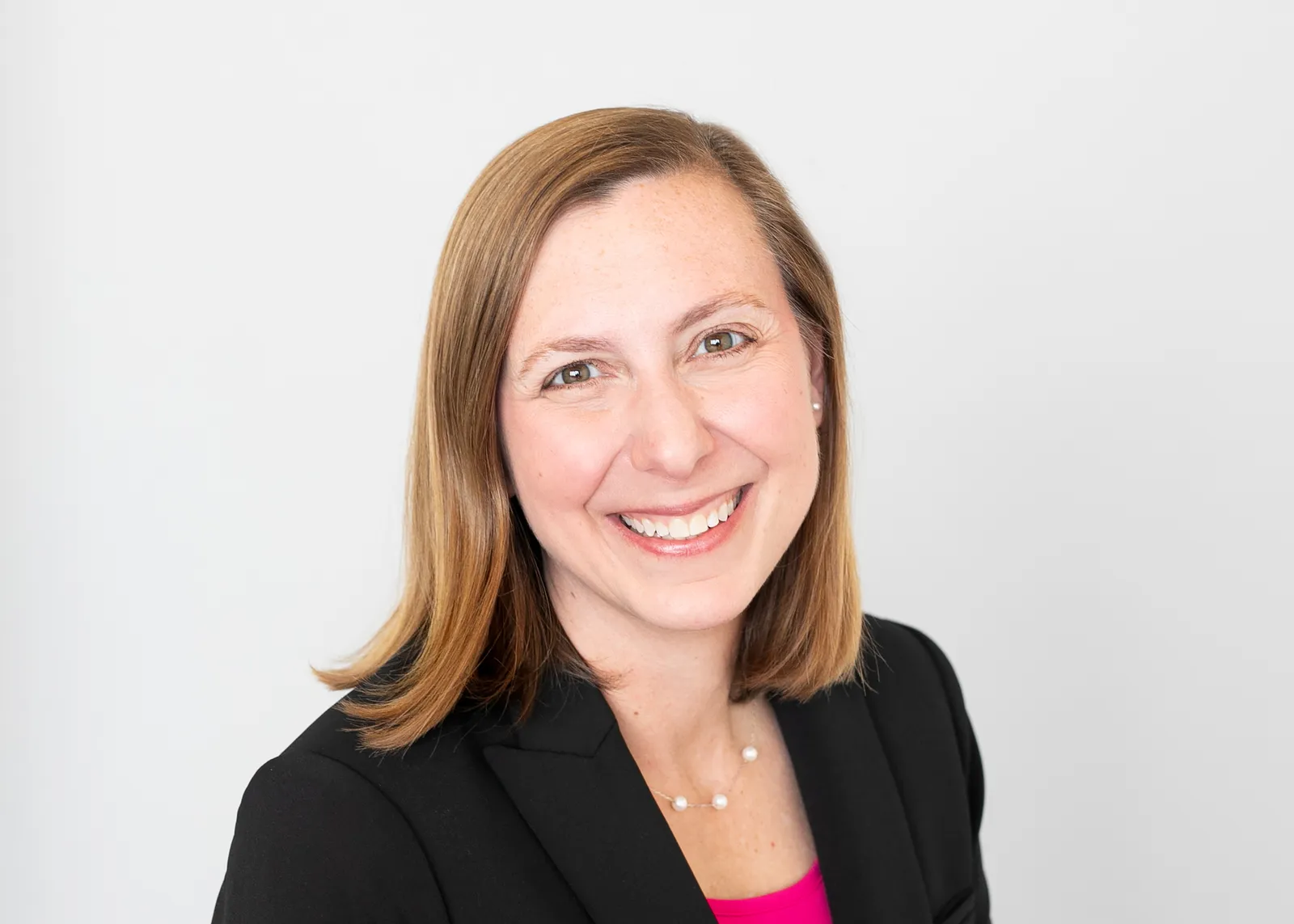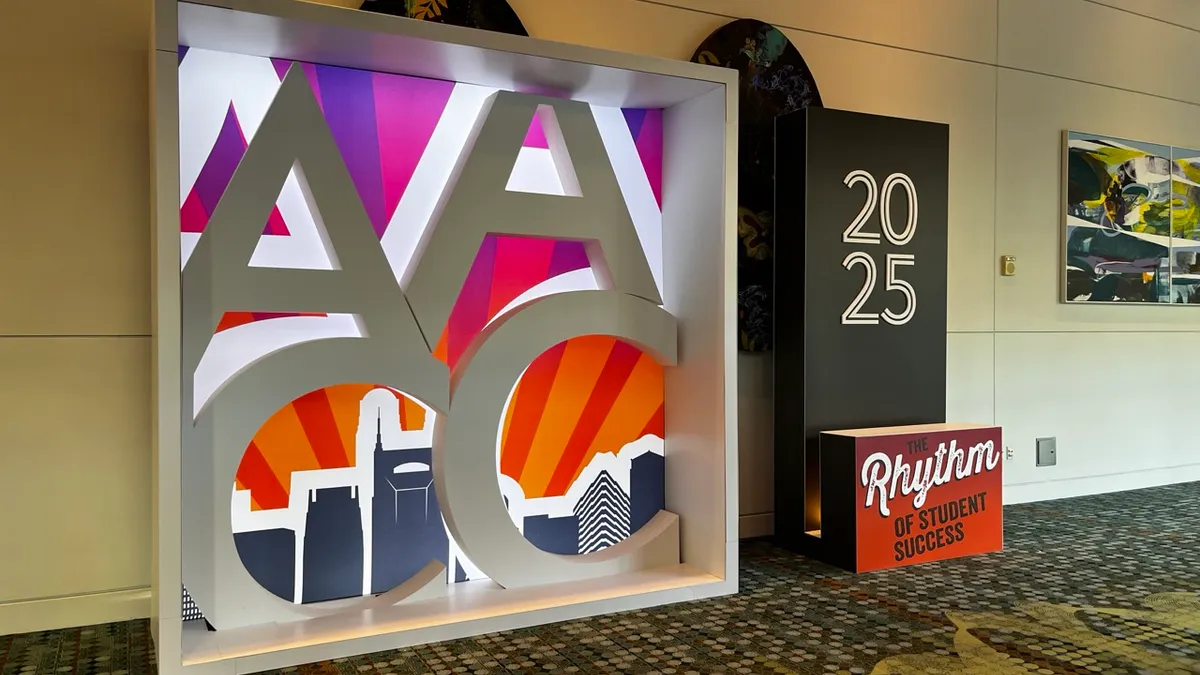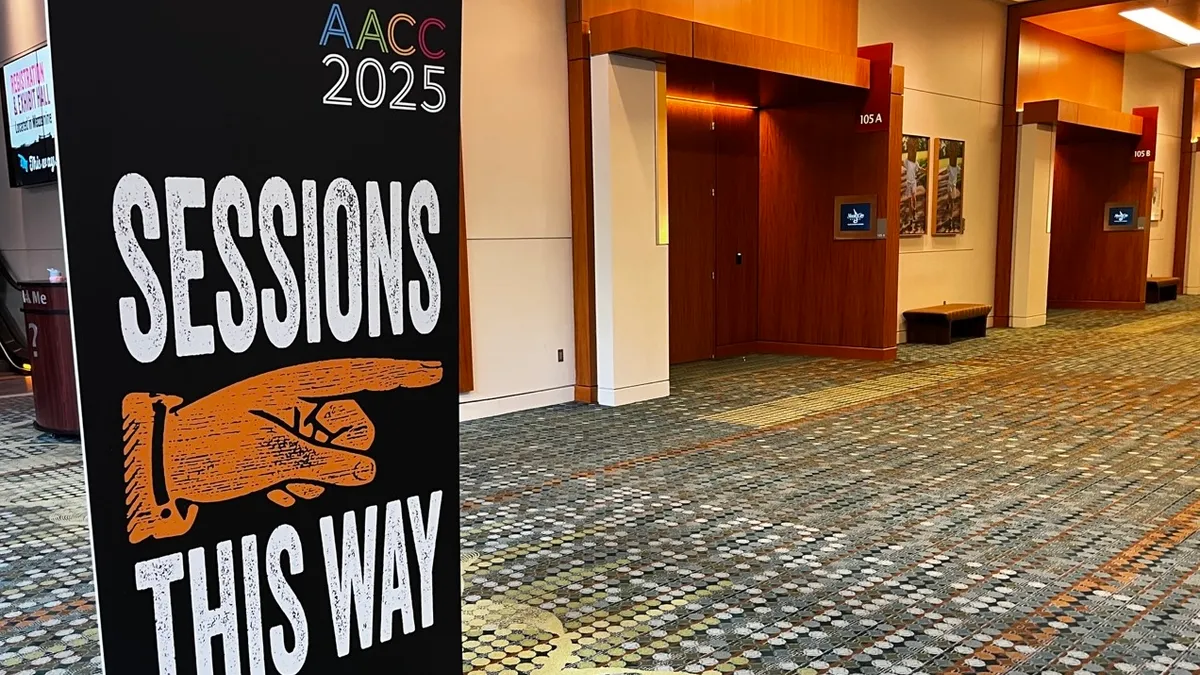Ruth Bauer White is president of InsideTrack, which uses coaching to support individuals in achieving their educational and career goals.

Transfer student enrollment plummeted during the COVID-19 pandemic. Over the past two years, the rate of college transfers fell by 13.5% — or more than twice the decline of non-transfer enrollment, according to a recent report from the National Student Clearinghouse Research Center.
Two-year institutions saw double-digit declines in both lateral (21.3%) and reverse (18%) transfer. Transfers from two-year to four-year institutions shrank by nearly 10% over two years. Declines in upward transfer enrollment have been unequally distributed, with women transferring less frequently than men during the second year of the pandemic.
Community college transfer has long been viewed as one of the most powerful — and high-potential — tools for improving outcomes for students from underserved communities. Black and Latinx students, learners from low-income families, working adults, and first-generation college students all disproportionately begin their college journeys at two-year institutions. We cannot allow the pandemic’s effects to disrupt the future for a generation of women from underrepresented backgrounds.
The challenges these learners face were only deepened, not created, by COVID-19. About 80% of community college students intend to transfer and ultimately earn a bachelor’s degree, according to the Community College Research Center at Teachers College, Columbia University. But only one-quarter ever enrolled in a four-year program. Just 17% earned a bachelor’s degree within six years of transferring.
As a first-generation college student, I know firsthand just how difficult it can be to juggle the many competing obligations of work, family and school. To put myself through college, I delivered gift baskets, served fast food and worked at a grocery store warehouse and the campus bookstore. Rather than directing my focus and energy toward coursework and planning my future, I was having to earn enough money to pay tuition and rent.
Mine is a familiar story for many community college students. It’s also one that can have dire consequences for their academic success. A 2018 study found that nearly half of the students who work at least 15 hours per week have GPAs of C or lower.
Even before the pandemic, two-thirds of students who attend public two-year colleges worked while going to school. Nearly a third of those students with jobs hold full-time jobs. About 15% of community college students were working two jobs. That so many community college learners would have to put education on hold during the pandemic simply to survive was both tragic and unsurprising.
With female students typically having more familial responsibilities than male students, particularly in low-income and minority communities, the pandemic’s disproportionate impact on women was also foreseeable. More than two-thirds of mothers attending community college devote 30 or more hours per week to caregiving. Many women who attend community college face financial hardship, a lack of child care and limited support both on and off campus. All of this makes it difficult for these women to sustain their educational pursuits.
Community colleges and four-year universities alike must recognize this oft-overlooked equity challenge. They have to do more to ensure women are not only enrolling in community college but also are being set on a clear path toward transferring and earning a four-year degree.
This requires creating stronger and more transparent paths between two-year colleges and the four-year institutions their students matriculate to. It requires providing targeted support to help learners navigate this transition and stay on track toward a degree. Many colleges are now rethinking course schedules to be more flexible and accessible by offering classes at night, on weekends and online. They are designing academic advising and other student support services to meet the specific needs of transfer students and readily offering those services outside of traditional business hours.
George Mason University has partnered with Northern Virginia Community College to provide an integrated and seamless education experience for NOVA students who intend to transfer to Mason. Students enrolled in the ADVANCE program receive consistent and personalized success coaching and support from the time they enroll at NOVA until they graduate from Mason.
Institutions must also provide support for students’ non-academic challenges. This means creating programs and accommodations that acknowledge the complex realities of those who must balance roles as students, caregivers and breadwinners. A growing number of community colleges now provide child care services, housing assistance, food banks, emergency grants and other resources designed to address their students’ basic but essential needs.
In 2021, the State University of New York system announced it would add 4,000 child care spots across 46 of its campuses. It also created a new paid internship program to support the expansion while allowing more students in the system’s early childhood degree programs to gain valuable experience right on campus.
These are the kinds of holistic programs and services that institutions must invest in to reverse the damage of the COVID-19 pandemic and chart a new and more equitable path forward for our nation’s transfer students. We must do all we can to ensure the women who enter community college have the support, resources, and opportunities they need to succeed in their academic aspirations at four-year institutions and beyond.





















